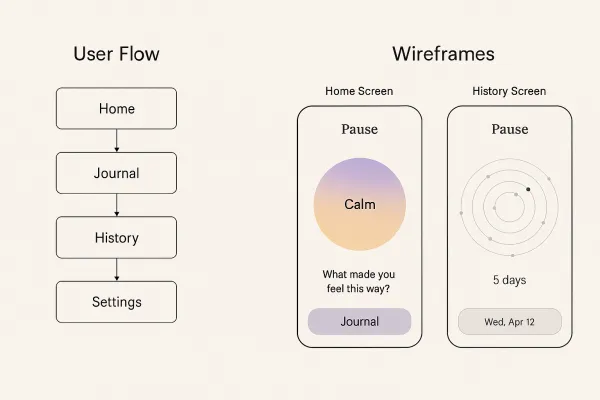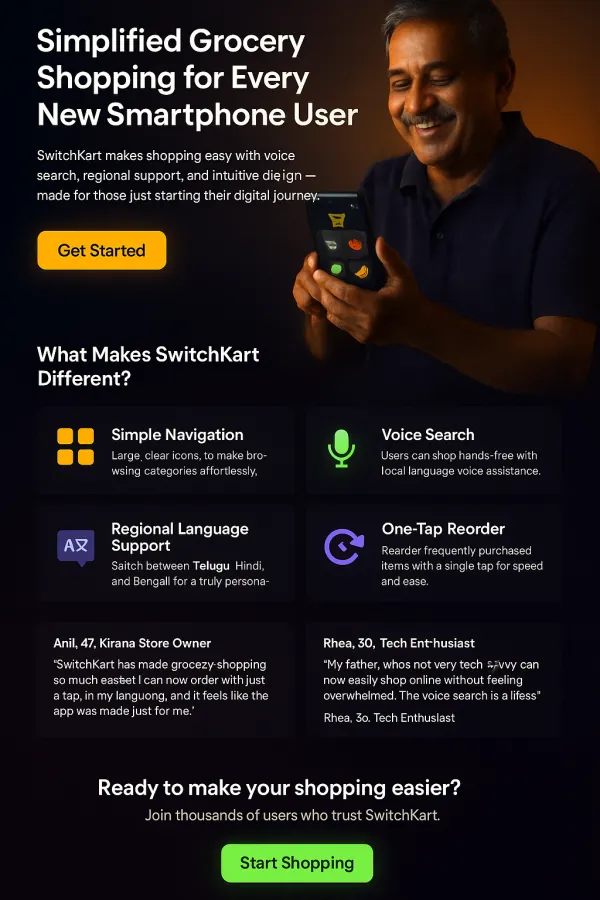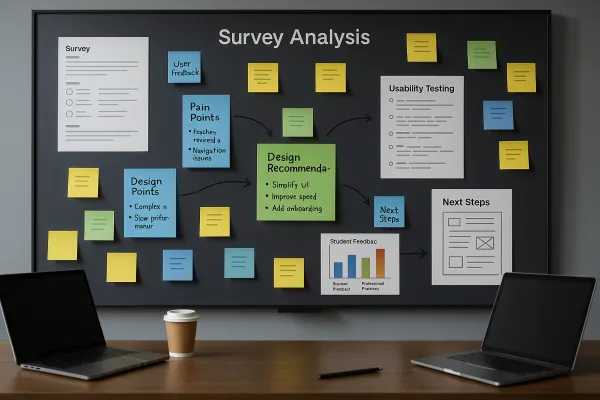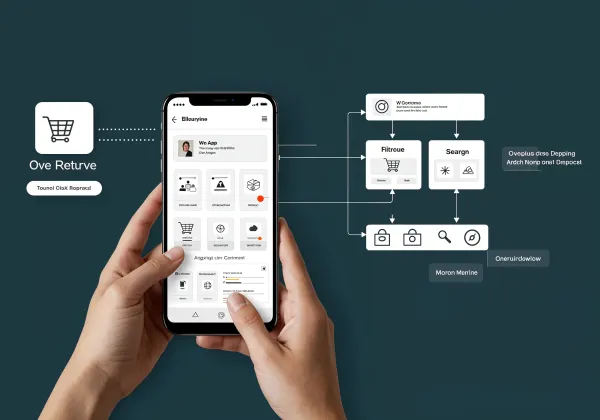
The Idea Behind It
We live in a world that romanticizes hustle — back-to-back meetings, inbox zero, always-on culture. But somewhere between Google Calendar reminders and Slack pings, burnout creeps in. And for people like Rhea, a 26-year-old product manager at a startup, it hits hard. She doesn’t have the time — or mental bandwidth — to sit through a 30-minute therapy session on her phone. She just needs a moment. Something light, stigma-free, and beautifully simple.
That’s where Pause comes in.
The Problem:
There’s no shortage of mental health apps. But most of them feel clinical, overly structured, or too intense for someone who’s just looking to check in with themselves. High-achieving professionals often delay reflection until it’s too late — mainly because the tools out there are either too heavy or not designed with their lifestyle in mind.
User Persona:
Design Philosophy
The core principle was lightness — not just in weight, but in emotional feel. The design had to be:
Key Design Decisions
✳️ Components
Fonts
Satoshi: Clean, modern, neutral — used for UI clarity
Playfair Display: Added just enough human warmth for headers and affirmations
Colors
Calm backgrounds: Pale beige, misty blue, and desaturated green
Gradients that reflect your current mood — warmer tones for joy, cooler for calm, muted for sadness
No bright reds, no harsh contrast — nothing that spikes cortisol
Wireframes & Flow
Home Screen: Center ring (mood input) → Prompt appears based on mood → Option to journal or skip
History: A space-like layout — your reflections orbit around a center point, giving a visual sense of emotional rhythm
Settings: Lets you choose preferred check-in time and enable voice-to-text or quiet mode
✨ Final Touches That Made It Feel Human
Microinteractions: Tapping the mood ring gives a slight vibration and ripple — not loud, just affirming
Voice-to-Text Journaling: Perfect for people who reflect better by speaking
Zen Badges: A soft form of encouragement — you’re not penalized for missing a day, but rewarded when you show up for yourself
Outcome & Reflection
Pause isn’t trying to be your therapist. It’s that quiet friend who just asks, “How are you, really?” once a day and then listens without judgment.
It was designed to fit into your day like brushing your teeth — effortless, daily, and grounding.
This project taught me that design for mental health isn’t about features — it’s about feelings. And if people leave the app feeling just 1% lighter than when they opened it, I’d call that a win.




This is a dummy comment to demonstrate the design. Real comments will be loaded dynamically.